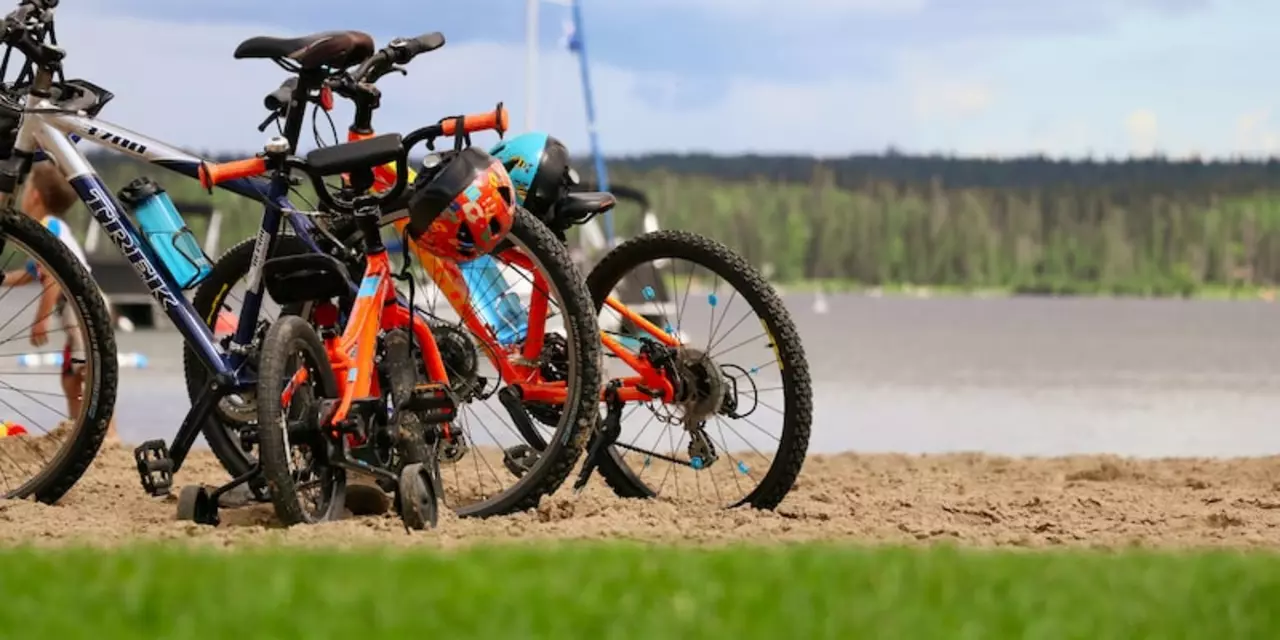Blunt Riding Tips Every Horse Lover Should Know
Are you tired of the fluff and just want clear, practical advice? You’re in the right spot. Below you’ll find straight‑talk answers to the most common questions about owning, riding, and caring for a horse.
Is it safe to start riding at 25?
Absolutely. Age isn’t a barrier if you’re healthy and willing to learn. The key is a proper helmet, a qualified instructor, and realistic expectations. Start with short sessions, focus on balance, and let your confidence grow. No need to wait for a “perfect age” – the only thing that matters is your readiness to follow safety basics.
What gear should you actually wear?
Long pants (jodhpurs or jeans) protect your legs from rubs. Boots with a small heel keep your feet from slipping through the stirrups. A well‑fitted helmet is non‑negotiable – it’s the single most effective safety piece. Skip flashy earrings, loose bracelets, and sandals; they can get caught in the tack and cause injury. Keep it simple: helmet, boots, and sturdy pants.
Now let’s address a common worry – does riding hurt a horse? The answer is no, as long as the horse is trained, the saddle fits, and you respect the animal’s limits. Overloading or using an ill‑fitting saddle is the real problem, not the act of riding itself. Think of your horse like a car: you wouldn’t jam a heavy load into a compact sedan, and you shouldn’t force a light rider onto a draft horse without proper conditioning.
If you’re considering buying a horse, remember it’s a marathon, not a sprint. Budget for feed, veterinary care, farrier services, and regular tack maintenance. Expect hidden costs like emergency vet visits or unexpected shoeing. A good rule of thumb is to set aside at least 10% of the horse’s purchase price each month for upkeep.
Got a question about specific breeds? Clydesdales, for example, are large draft horses but can be ridden if trained correctly. Their size makes them great for heavier riders, yet they need a patient approach and proper conditioning. Don’t assume any breed is automatically “riding‑ready” – always evaluate the individual horse’s training and temperament.
Learning without a trainer is possible, but you’ll need a solid plan. Start with the basics: how to tack up, mount safely, and walk in a controlled environment. Watch reputable videos, read trusted guides, and get occasional feedback from an experienced rider. Joining a local riding group can provide the mentorship you need without a full‑time trainer.
Finally, keep your riding experience comfortable. A poorly fitted saddle is the biggest cause of rider discomfort. If you feel pressure points after a short ride, have a professional assess the fit. Adjusting stirrups, checking the tree width, and ensuring the saddle sits level can make a huge difference.
These blunt, no‑nonsense tips will help you ride smarter, stay safer, and enjoy your time with your horse. Keep the advice simple, apply it consistently, and you’ll see progress faster than you expect.

Horseback riding is a popular activity the world over, and having the right spurs is an important part of the experience. Depending on the type of riding, different types of spurs can be used, including blunt, shank, or rowel spurs. Blunt spurs are best for beginner riders, while shank and rowel spurs are better for more experienced riders. When selecting spurs, it is important to make sure they fit the rider's boots and are comfortable for the horse.
Read more
